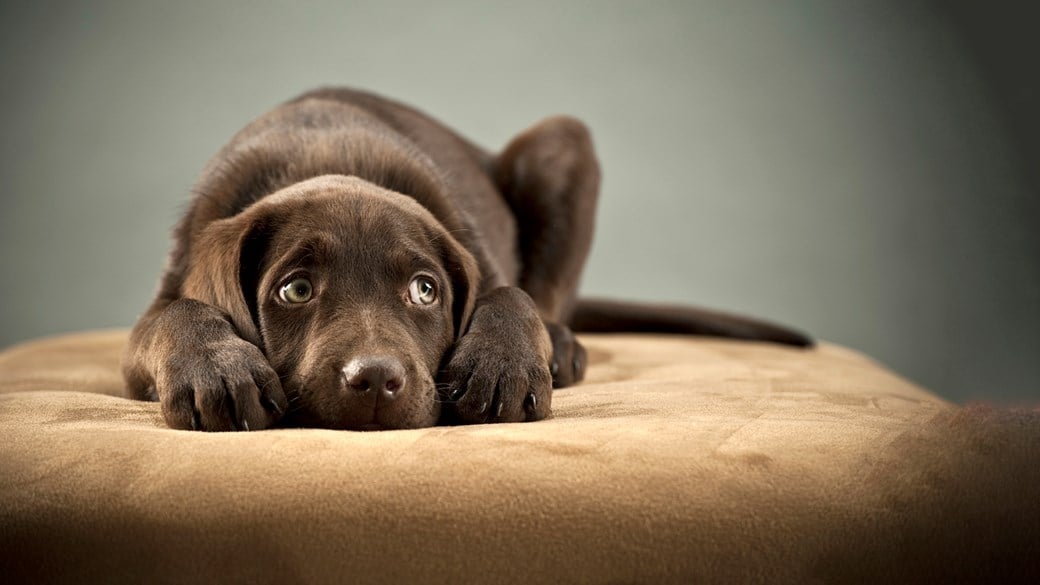
Anxiety in Dogs
Spotting anxiety means you can help
Anxiety is a feeling of worry, nervousness, or unease.
Our dogs can develop anxiety in a range of different situations.
Exposing them to lots of new things in their socialisation period as puppies can help reduce anxiety in adulthood but new, loud or startling experiences can induce anxiety in even the most adventurous of dogs.
Knowing how to spot anxiety in your dog means you can help, by removing whatever is causing the anxiety, taking your dog out of the situation or managing the stress in other ways.
If your dog gets anxious, your vet can help. Call your local practice to make an appointment.
Anxiety FAQ's
Dogs exhibit different signs of stress depending on the dog and on the situation. Typical signs of stress a dog can show are:
- Ears back
- Excessive panting
- Drooling
- Shaking
- Hiding away
- Barking excessively
- Toileting in the house
- Licking lips
- Tail between legs
- Provide a safe and quiet space for your dog to retreat to.
- Ensure your dog has toys to keep them occupied.
- Keep your departures and returns calm and quiet.
- Consider getting a diffuser, some spray, collar or medication to calm your dog. The pheromone released in ADAPTIL is identical to the Dog Appeasing Pheromone secreted by a mother dog from 3-5 days after the puppy’s birth to provide reassurance to the puppies.
- Remember that not all dogs are calmer when crated; some dogs panic when caged and will injure themselves if forced to be confined.
- Gently reassure your dog.
- If the stimulus is outside close curtains, turn on the television or radio and distract your dog with play or treats.
- Reward your dog for calming down and absolutely avoid punishment for behaviour related to fear, phobia, or anxiety.
- If your dog has chronic anxiety, or gets anxious about a specific issue such as separation anxiety or noises, speak to your vet or a trained animal behaviourist for advice.
Puppies and dogs that get less social and environmental exposure may become habitually fearful.
This is why it's so important to expose puppies to a variety of social situations and environments when they are young (up to the time they are 14 weeks of age) to decrease the chances of fearful behaviour.
This time is called the socialisation period.
For more information on the socialisation period click here.
Separation anxiety occurs when dogs feel unsure or afraid when they are not with their owner, and especially when they are left alone.
This can be very difficult to manage, as the signs only occur when you are not present.
